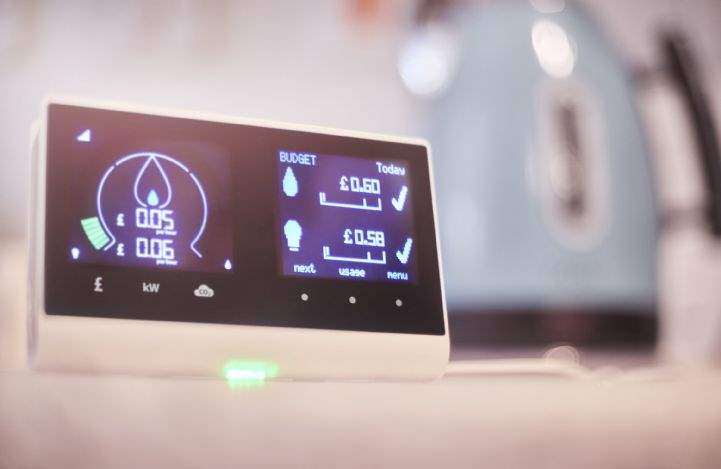It’s been a long day at work. You get home, switch on the lights, perhaps turn on the television while you make supper. During this time has the gas and electricity your appliances have consumed crossed your mind? This is where smart meters can help; it’s also the message behind 'Let’s get Gaz & Leccy under control', the smart meter roll-out by Smart Energy GB.
The Government-led scheme for smart meters was first introduced in 2009, with the aim of installing a smart meter in every home in the UK by the end of 2020. This ambitious scheme is part of the modernisation process of our energy system as a smart energy network is key to achieving low-carbon, efficient and reliable gas and electricity resources. But what does it mean in real terms for the consumer?
A smart meter records energy consumption in near enough real time, which removes the mystery behind the usage charges on the monthly or quarterly bill and estimated bills. Households can see the cost of using an appliance or the impact the temperature setting on the thermostat has in pounds and pence and take action accordingly. Smart meters are also intended to change the relationships the consumer has with energy suppliers, as customers will have a better understanding of their energy usage which, in turn will help to budget costs moving forward.
Unfortunately, the £11 billion scheme to offer and install smart meters in homes and small businesses across the UK has now hit a rather large brick wall. The scheme, which is part of the Government’s energy policy, has been affected by rising costs and delays which are causing concerns that the 2020 deadline will not be met. The smart meter Bill is currently on its third reading in the House of Lords which has expressed concerns over current policy, with one lord arguing that it is 'to a large extent in disarray…with enormous confusion and uncertainty'.
2020 was an ambitious deadline for completing the roll-out, particularly as the Government has not utilised the full expertise of the energy industry; nor (and perhaps more importantly) has it looked at its limitations, including the manufacturing of the meters, the wireless technology required, adoption of the different meter models and most importantly, rising costs and who pays for these?
In 2016, the Government announced the roll-out was expected to reduce the combined gas and electricity bill for the average household by £11 in 2020 and by £47 in 2030. At present, prices are increasing and the closer we get to the 2020 deadline, the less and less likely they are to achieving this target.
Further information

.jpg)







.jpg)
.jpg)